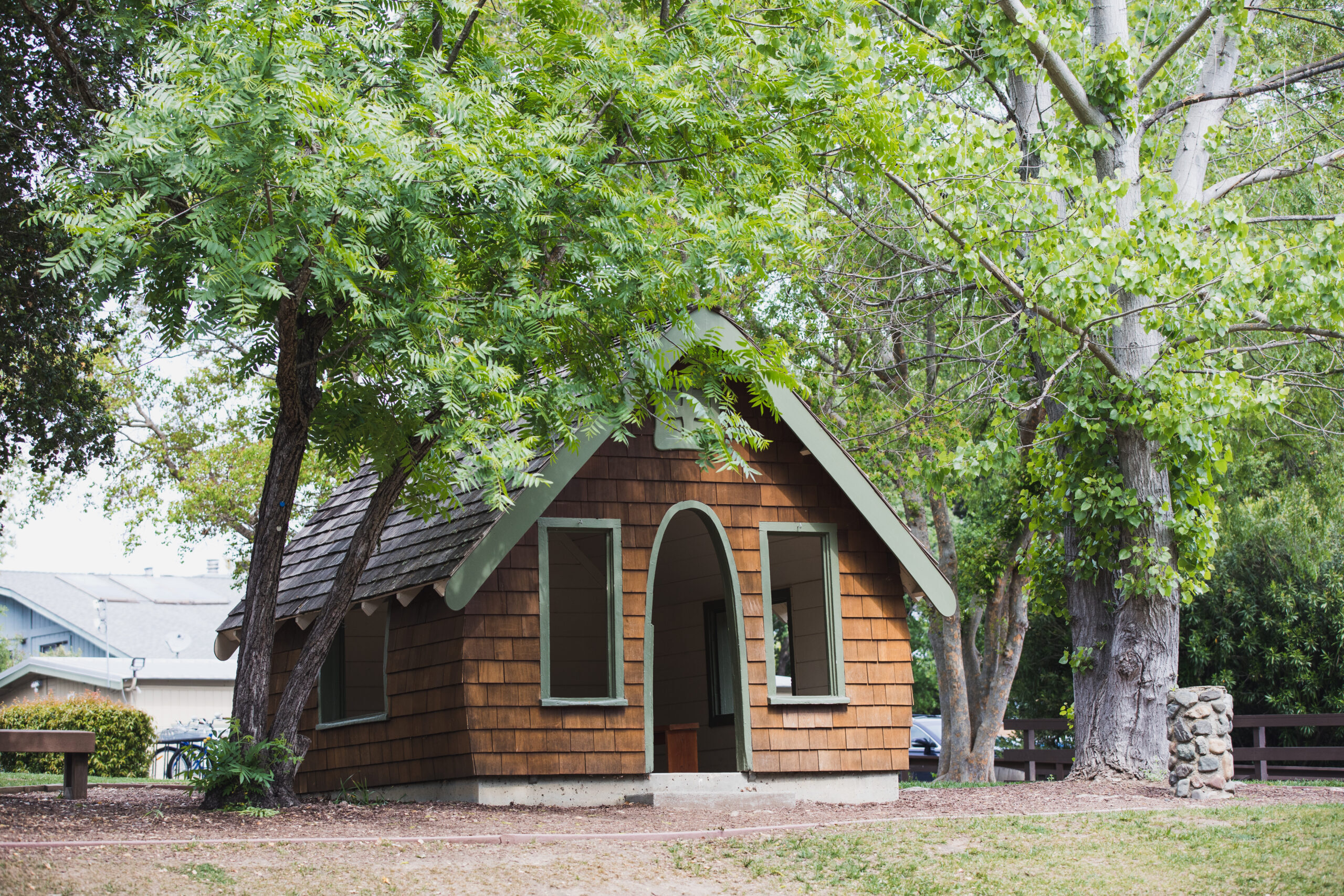 Tuesday morning, I reached into my box and pulled out an envelope. Inside, a card greeted me with the following message:
Tuesday morning, I reached into my box and pulled out an envelope. Inside, a card greeted me with the following message:
“My Dear Hillbrook Friends, Here is my contribution for our school. Wishing you a very Merry Christmas and a joyous and prosperous New Year. With all my love, Richerd Cancila.”
Enclosed was a $25 check. As I read the card, I was struck by the following phrase “our school.” Nearly 70 years after graduating, Richerd – The Children’s Country School’s (Hillbrook’s original name) first student and a graduate of the Class of 1946 – remains deeply connected to the school, retaining the same strong sense of ownership that he has always felt for this place and this community. Each month Richerd sends a card with a $25 check.
Last week at the opening session for the People of Color Conference (POCC), NAIS President John Chubb talked about a school, Cathedral School on the Upper East Side in New York City, where he said it was clear that every child mattered. He described a school that was by the standard indicators of independent schools intentionally diverse, with nearly 40 percent of students identifying as students of color and 37 percent of its students receiving tuition assistance. He noted the school’s commitment to producing “citizens of the world,” and highlighted their identity curriculum. As he later wrote in his blog for NAIS:
“Starting in kindergarten, teachers help students, very deliberately, appreciate the similarities and differences among them, and the simple dignity of every child. As students mature, they come to appreciate every difference, including family structure, sexual orientation, and socioeconomic status. As I visited classrooms, one teacher shared with me a recent conversation with a group of second-graders in which they volunteered differences. One student said, “Money.” The teacher asked for more: “You know, apartments, cars, toys; not everybody has the same things.”
At Hillbrook, we are also intentionally diverse, with 34 percent of our students identifying as people of color and nearly 20 percent of our students receiving tuition assistance. Our commitment to diversity harkens back to our earliest days when the majority of our students, like Richerd, were wards of the state, students who, without Hillbrook, would not have had the opportunities that would help them succeed in school and beyond. Like Cathedral, we have, since our beginnings, been committed to creating an environment where every child matters and where all families feel a full sense of ownership.
A key part of nurturing that strong sense of community is continually reflecting upon ways in which we are or are not meeting the challenge to ensure that all children feel like they matter. In order to do that, we need to create a culture in which children are allowed to be their own people and where difference is recognized, understood, appreciated and valued. Understanding and appreciating differences starts in the many ways in which we strive to know each child and each family, but it goes beyond that, as we look to educate children about differences and to teach them about ways in which inequity and injustice still persist today in our country and around the world. In addition, we strive to teach our students about the opportunities, and the challenges, that different people have faced both historically and today due to differences. During POCC, I heard several extraordinary speakers who told their stories about how difference impacted their lives. Maysoon Zayid, an Arab-American comedian with cerebral palsy, joked that she has 99 problems and palsy is just one of them. “I’m Palestinian, I’m disabled, I’m female and I live in New Jersey.” She also noted how she had persisted in spite of these challenges and how her father had always told her, “If I can can, you can can.” As she said, “The doctor said I wouldn’t walk, but I’m here in front of you. If we had more positive images [of handicapped people], it might foster less hate on the internet … If I can can, you can can.”
The conference opened the morning after the recent grand jury decision in the Eric Garner case in New York and in the wake of the nationwide conversation about Ferguson. Participants at the conference talked formally and informally about the historical and contemporary roots of contentious police relationships with communities of color, and about the continuing need for our communities and our society to challenge our students to think about racism and prejudice today. Inspired by the experience and realizing the importance of engaging our students in these critical conversations, Middle School history resident Jules Findlay, who was part of the nine-person Hillbrook delegation that attended the conference, and 7/8 history teacher Jenn Gingery helped guide their students through a two-day conversation about Ferguson and the related issues earlier this week. As Jules noted in a conversation with some members of our faculty earlier this week, she knew that we as a school have an obligation to create spaces for these types of difficult dialogues, particularly with our oldest students. Other teachers who attended the conference echoed similar sentiments about the need to find age-appropriate ways to have conversations about diversity and inclusivity.
The Inclusivity Task Force, which is made up of Board members, parents, and members of the faculty and staff, is actively working to revise the school’s Statement of Inclusivity and to create a 3-5 year strategic road map to help us nurture an increasingly inclusive community. As a school, we continue to engage this conversation in multiple ways because we know that the work of inclusivity, diversity and community building is never done. I hope that, like Richerd, all members of our community feel like they are coming home when they step foot on campus, that every student and every family feels part of our school.

